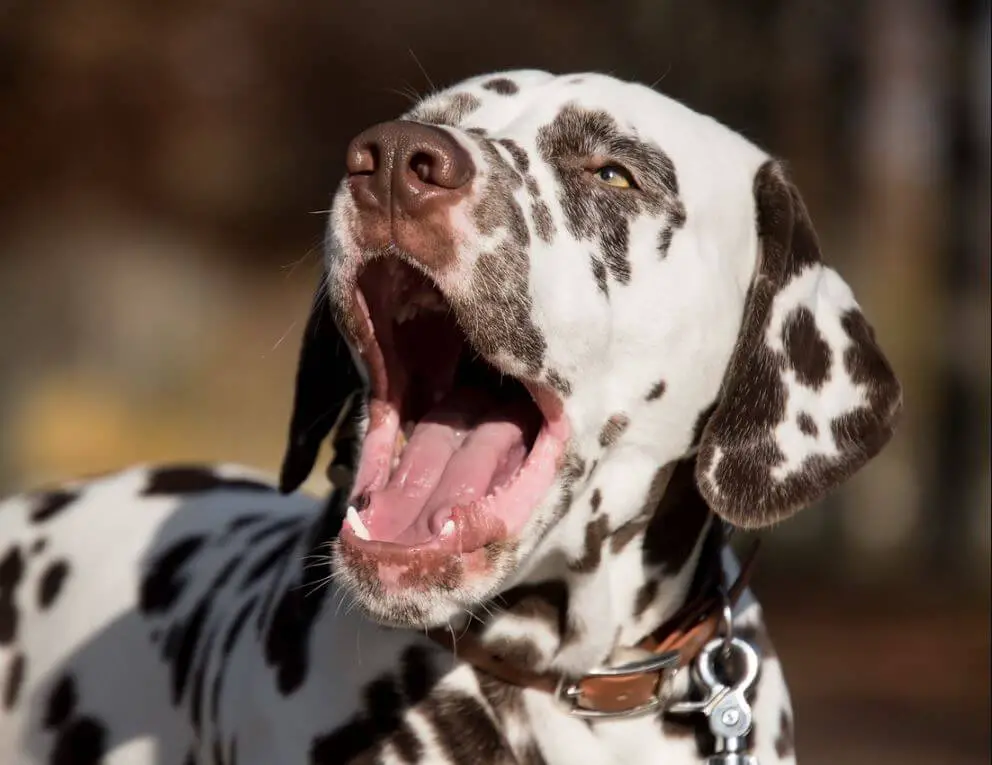When you catch your furry friend yawning, it might not always mean they’re ready to curl up for a nap. While yawning in humans is often associated with tiredness, in dogs, it can convey a wider range of emotions and intentions. Understanding the meaning behind your dog’s yawns can provide valuable insights into their emotional state and help you respond appropriately. Here’s a breakdown of the various reasons why your dog might be yawning:

Physiological Reasons:
- Tiredness: Similar to humans, dogs yawn when they’re sleepy or tired. This natural physiological response helps regulate brain activity and promote alertness.
- Waking up or going to sleep: Yawning is commonly observed during these transitions, signaling a shift in arousal levels, much like in humans.
- Calming down: After a period of excitement or arousal, your dog might yawn to signal a return to a calmer state. It’s a way for them to self-soothe and relax.
Behavioral Reasons:
- Stress or anxiety: Yawning can serve as a calming signal used by dogs to de-escalate tense situations or express discomfort. It’s often accompanied by other signs of anxiety, such as a tucked tail, flattened ears, or lip licking.
- Appeasement: When faced with an unfamiliar person, dog, or situation, your dog might yawn as a way of appeasing the other party and demonstrating non-threatening intentions.
- Boredom: If your dog lacks mental or physical stimulation, they might yawn out of boredom. This can be accompanied by pacing, whining, or destructive behavior.
Understanding the Context:
To accurately interpret the meaning behind your dog’s yawn, it’s crucial to consider the context and other accompanying body language:
- Overall demeanor: Is your dog relaxed and sleepy, or are they displaying signs of anxiety or stress?
- Posture: Are they standing tall and alert, or are they crouched with a tucked tail?
- Facial expressions: Are their ears perked up, or are they flattened against the head?
By observing your dog’s overall behavior and body language in conjunction with the yawn, you can gain a deeper understanding of their emotional state and respond accordingly. Remember, a single yawn doesn’t necessarily signify a specific issue, but considering the context is key to accurate interpretation and building a stronger bond with your furry friend. So, the next time your dog yawns, take a moment to assess the situation—it’s their way of communicating with you.
